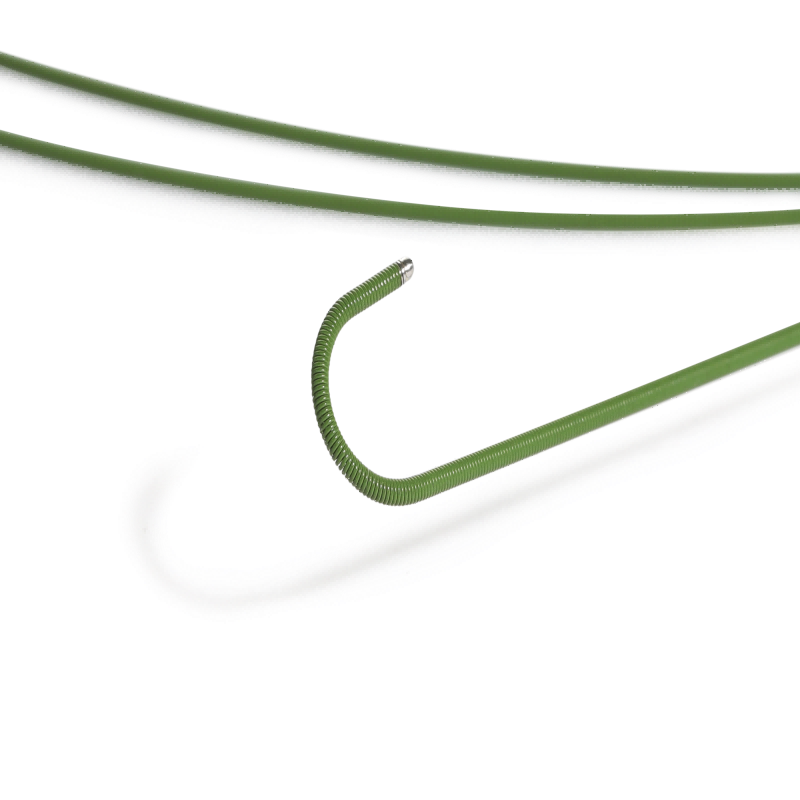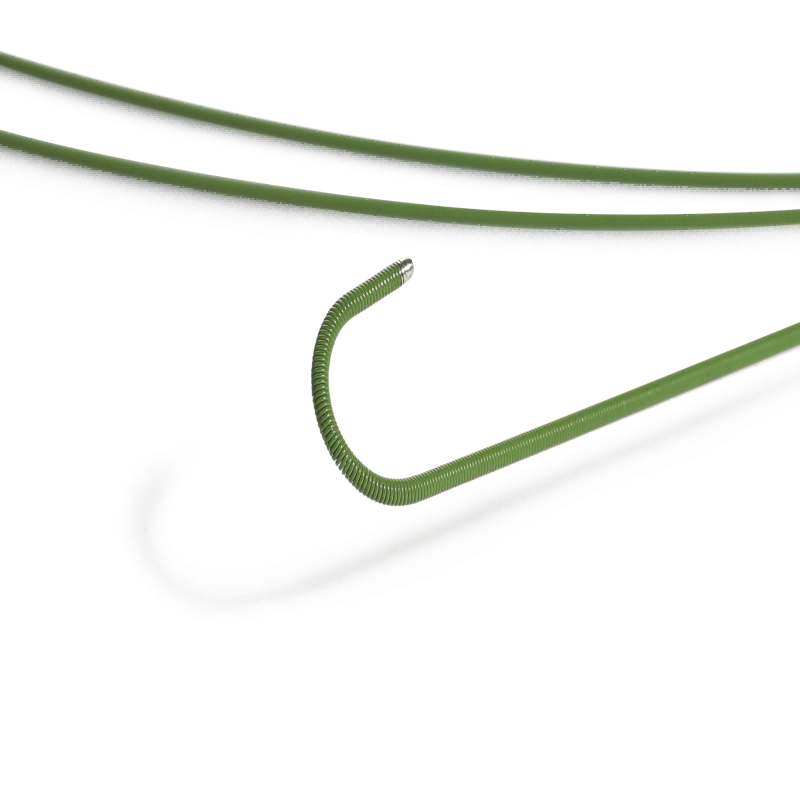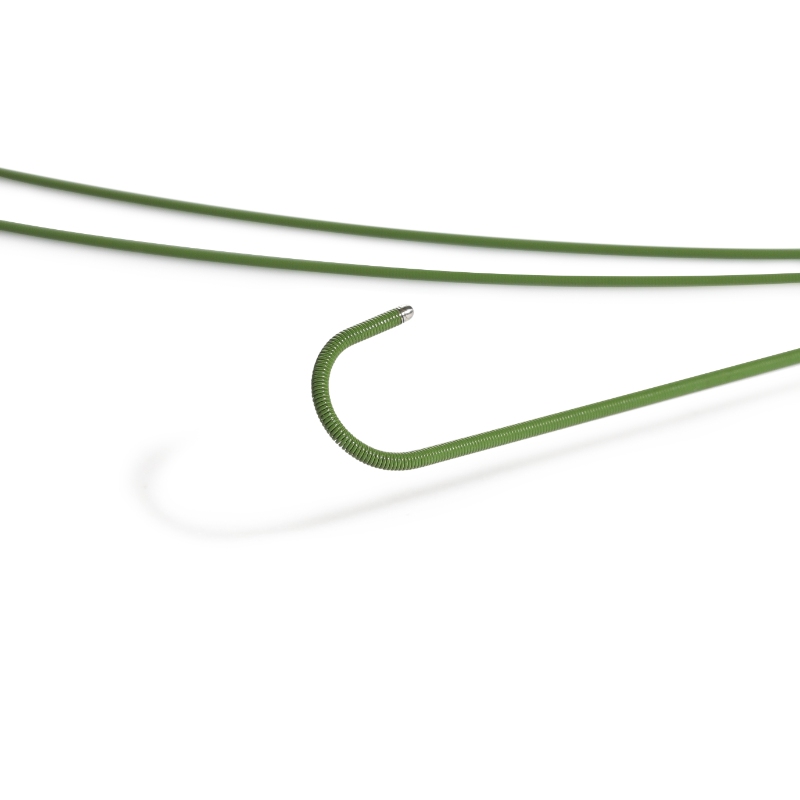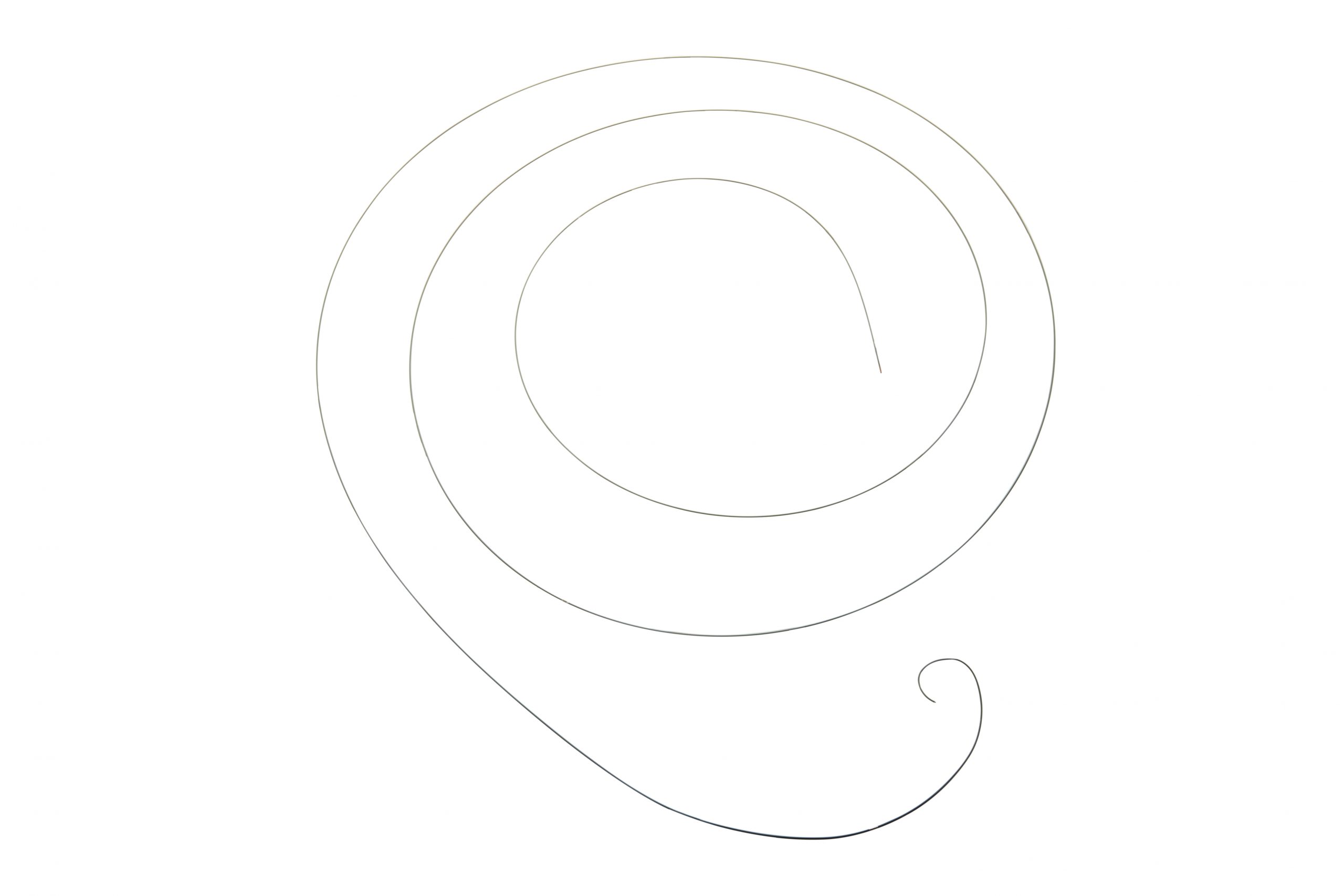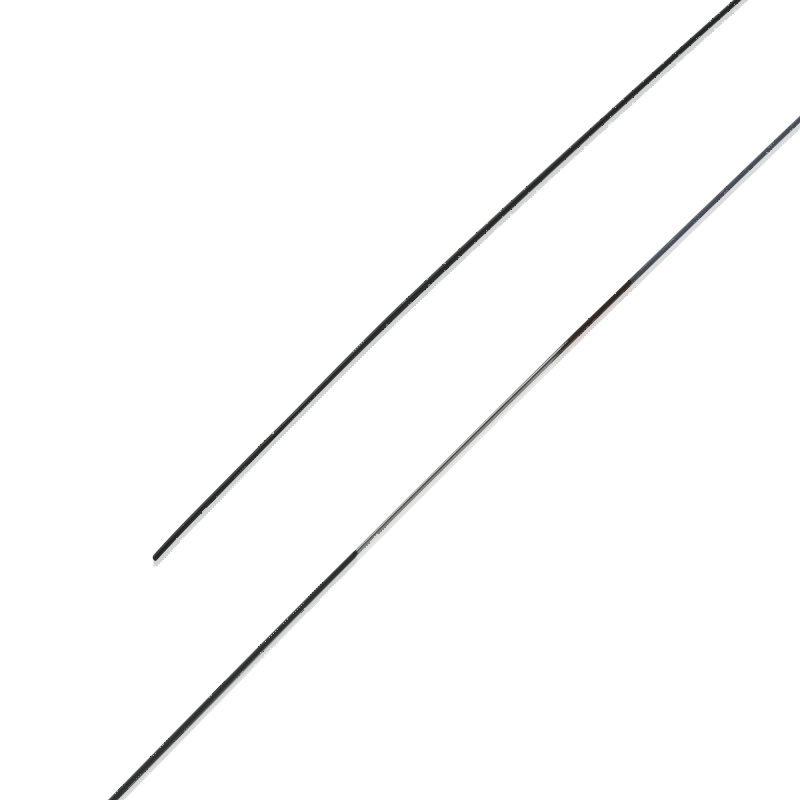Angiography Guidewire
Angiography guidewires manufactured by Demax are meticulously crafted from high-grade materials such as stainless steel or nitinol. These materials offer excellent mechanical properties, including flexibility, durability, and kink resistance, essential for navigating through tortuous vessels and performing intricate vascular procedures with precision. Additionally, some guidewires feature hydrophilic coatings to enhance lubricity and minimize friction during navigation, further improving procedural success rates and patient comfort. With their advanced composition and precision engineering, Demax angiography guidewires set the standard for excellence in vascular intervention tools, empowering healthcare professionals to deliver superior care to their patients.
- Diameter: The diameter of angiography guidewires ranges from 0.018 inches to 0.038 inches and can be customized to meet specific clinical requirements. This variability allows healthcare professionals to select the appropriate diameter based on the target vessel size and procedural preferences.
- Length: Angiography guidewires are available in lengths ranging from 45cm to 300cm, offering flexibility to navigate through various vascular anatomies. Customization options are available to tailor the length according to procedural needs and patient characteristics.
- Curve Options: Angiography guidewires are available with curve options, including J3 and J6 curves, to facilitate navigation through tortuous vessels and challenging anatomical structures. These curve options enhance maneuverability and enable precise steering during vascular procedures.
- Tip Design: Equipped with a tapered tip, angiography guidewires ensure seamless insertion into blood vessels while minimizing trauma to surrounding tissues. Additionally, some guidewires feature hydrophilic coatings to enhance lubricity and facilitate smooth navigation through tortuous vessels.
| Structure | Specification(inch) | Effective Length(cm) | Configuration |
| Outer Layer: PTFE-coated spring Inner Layer: Stainless steel core wire | 0.018″、0.021″、 0.025″、0.028″、 0.032″、0.035″、 0.038″ | 90-300cm | J-tip, Straight |
- 1. Superior PTFE coating technology makes the guidewire surface smoother and easier for the surgeon to operate;
- 2. Unique tip design allows for multiple straightening of the J-tip and no deformation of the J-tip.
- 3. Improved material rod design, enhanced rod stiffness, and easier to push during insertion, while reducing the risk of guidewire fracture.
- Diagnostic Angiography: Guiding catheter placement and selective vessel cannulation during angiographic imaging to visualize blood flow and detect abnormalities such as arterial blockages or aneurysms.
- Percutaneous Coronary Interventions (PCI): Facilitating access to coronary arteries and guiding balloon catheter and stent deployment to restore blood flow in patients with coronary artery disease.
- Peripheral Vascular Interventions: Assisting in the treatment of peripheral artery disease by navigating through peripheral vessels and facilitating angioplasty, stenting, or atherectomy procedures to alleviate arterial blockages.
- Neurointerventions: Aiding in the management of cerebrovascular diseases such as stroke or intracranial aneurysms by navigating through cerebral arteries and delivering therapeutic devices to the target site.
Related products
-
Movable-Core Guidewire
The Movable-Core Guidewire is composed of a flexible outer wire and a movable core, both typically made of materials such as stainless steel or nitinol. The outer wire provides support and flexibility for navigating through blood vessels, while the movable core allows for independent movement within the outer wire, providing precise control and maneuverability during procedures. Some wire guides may feature a hydrophilic coating to facilitate smooth advancement through the vasculature and reduce the risk of vessel trauma. Additionally, radiopaque markers on the wire guide enhance visibility under fluoroscopy, aiding in the accurate placement of catheters and other medical devices.
-
PTFE Guidewire
A PTFE (Polytetrafluoroethylene) Guidewire is a specialized medical device used in various diagnostic and interventional procedures to navigate through anatomical structures with precision. Crafted with precision and using high-quality materials, this guidewire offers exceptional flexibility, durability, and maneuverability, making it an indispensable tool for healthcare professionals performing a wide range of procedures.
-
Extra Stiff Guidewire
The Demax Extra Stiff Guidewire is meticulously crafted from high-quality materials to ensure exceptional performance and reliability. Composed of a PTFE-coated stainless steel core wire and a PTFE-coated spring, this guide wire offers optimal strength, flexibility, and maneuverability for navigating through challenging anatomical structures with ease. Additionally, some models feature a radiopaque spring, enhancing visibility under fluoroscopy for precise positioning within the target area. This advanced composition guarantees superior durability, biocompatibility, and performance, making the Demax Extra Stiff Guidewire an indispensable tool for healthcare professionals in various medical procedures.
-
Peripheral Vascular Guidewire
The Demax Peripheral Vascular Guidewire is meticulously crafted using high-quality materials such as stainless steel or tungsten-containing polyurethane tubes, surface coated with hydrophilic coating, known for their exceptional strength, flexibility, and biocompatibility. These materials undergo precision manufacturing processes to achieve the desired diameter, length, and mechanical properties required for effective vascular navigation. The guidewire is coated with a hydrophilic coating to enhance lubricity and reduce friction, ensuring smooth advancement through vascular pathways. With its advanced design and composition, the Demax Peripheral Vascular Guidewire promises to revolutionize peripheral vascular interventions. It offers healthcare professionals a reliable and versatile tool for navigating complex vascular anatomy and delivering optimal patient care.
